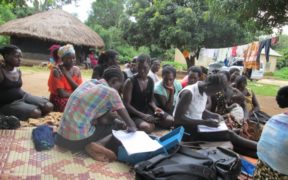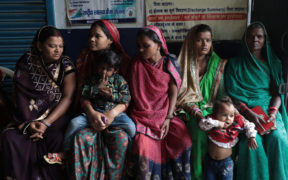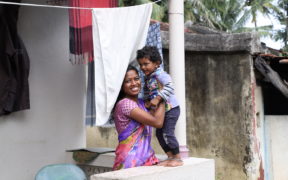Home

In October 2018, more than 100 organizations signed on to the Global Consensus on Meaningful Adolescent and Youth Engagement (MAYE). The question remains: what has been the impact of MAYE? We asked a few young leaders in the family planning movement to share their views.

This piece summarizes the experience of integrating family planning and reproductive health (FP/RH) in the AFYA TIMIZA program, implemented by Amref Health Africa in Kenya. It provides insights to technical advisors and program managers that there is no one-size-fits-all approach in FP/RH service provision, access, and utilization: context is a critical factor in design and implementation.
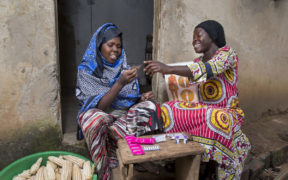
This article features key insights from one of the authors of a recent study, which examined standardizing measurement of contraceptive use among unmarried women. The study found that sexual recency (the last time women report being sexually active) is an important indicator to determine unmet need and contraceptive prevalence among unmarried women, but not among married women.
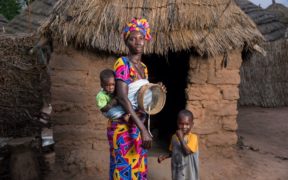
The open birth interval reveals a pattern that varies by a woman’s age, the number of living children she has, her residence, and her socioeconomic level. More importantly, the open interval could reveal a lot about her reproductive behavior, status, and contraceptive needs.

Comment les mesures d'auto-prise en charge peuvent-elles mieux nous équiper pour lutter contre la pandémie de COVID-19 ? Les contributeurs invités de PSI et Jhpiego offrent un aperçu et des conseils.
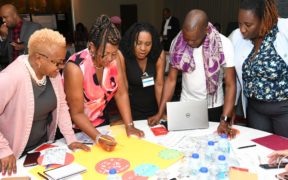
In this Q&A, our Knowledge Solutions Team Lead breaks down how Knowledge SUCCESS is putting people front and center to design solutions that work best for the family planning and reproductive health community.

More and more of us find ourselves working remotely and connecting online rather than (or in addition to) face-to-face. Our colleagues at the IBP Network share how they successfully convened their regional meeting virtually when the COVID-19 pandemic changed their plans.


